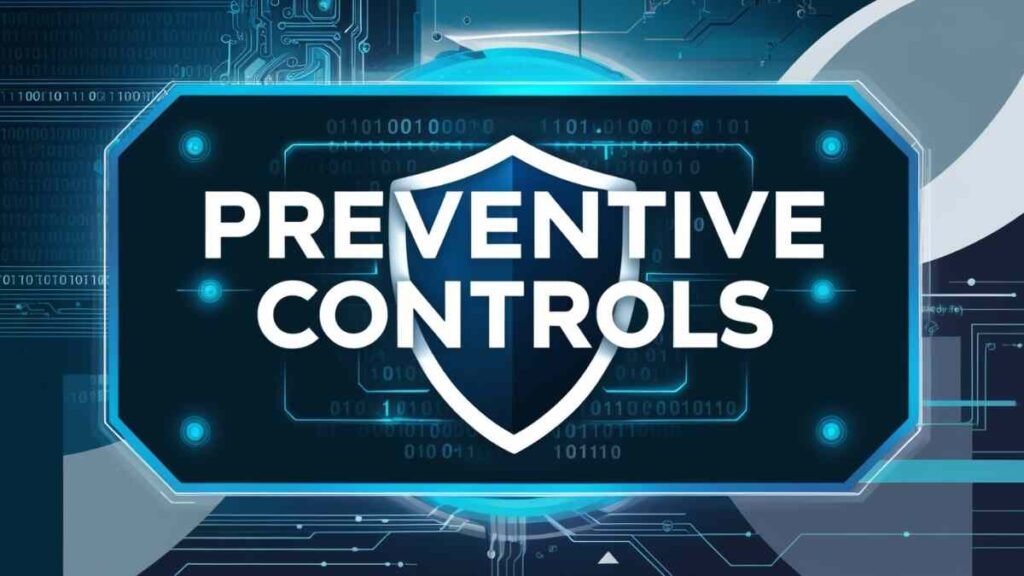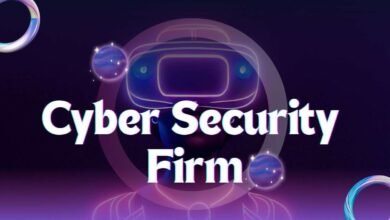Cybersecurity Control Types: Ultimate Guide to Digital Assets
Cybersecurity Control Types

Cybersecurity Control Types, the Ultimate Guide to Digital Assets: more than ever the world is digitalized, which is a growing concern for businesses, governments, and individuals on an equal scale. Given the changing nature of cyber threats, effective cybersecurity controls need to be implemented. In this article, we will discuss different types of cybersecurity controls, their importance, and what they do to build a robust defense strategy.
Understanding Cybersecurity Controls
Each type has a different purpose in the bigger scheme of cybersecurity. Together, they help form a comprehensive security posture.
Analyst Controls
These controls give cautions and logs to encourage early discovery of breaches or pernicious exercises.
Remedial Controls
Remedial controls are the steps taken to decrease the effect of a cybersecurity occurrence once it has happened. These controls reestablish frameworks and information back to the ordinary and avoid future events. Another, let’s analyze each sort of cybersecurity control in more noteworthy profundity and look at their diverse shapes.
Preventive Controls

Sorts of Cybersecurity Control
Preventive controls shape the primary line of defense inside cybersecurity. They are modified to square potential dangers and diminish the chances of effective cyberattacks.
Authorization
Once authenticated, approval determines the level of access or permissions granted to a user. It grants access to only information and material required for that role.
Role-Based Access Control (RBAC)
It is one effective way of implementing the principle of least privilege, meaning that any user has just the least privileged level of access needed.
Encryption: Cybersecurity Control Types
This preventive control will protect sensitive information, especially the one transmitted over the internet or stored in cloud environments.
Detective Controls
These controls are essential for the preservation of situational awareness and the ability to comprehend the nature of cyber threats. Key types of detective controls include:
Intrusion Detection Systems (IDS)
An Interruption Location Framework (IDS) monitors network traffic for signs of malicious movement or strategy violation. Unlike an IPS, which prevents threats, an IDS focuses on detecting and alerting.
Network-Based IDS
Cybersecurity Control Sorts
Screen activity over the whole arrangement, giving perceivability into potential dangers and assaults.
Host-Based IDS (HIDS): Cybersecurity Control Types
Screens movement on personal gadgets or has, centering on recognizing irregularities and unauthorized changes to framework records.
Security Data and Occasion Administration (SIEM)
These frameworks give real-time examination and relationship of security occasions in arrange to assist in identifying designs related to a cyber danger. SIEM solutions are fundamental in recognizing modern assaults that will go unnoticed by standalone security devices.
Log Administration and Examination
Viable log administration subsequently collects capacity, and examination of logs from diverse frameworks and gadgets. Logs are an essential historical record of activities that prove invaluable in determining the seriousness of security incidents and carrying out forensic analysis.
Corrective Controls
Corrective controls seek to respond to and limit the impact of a cybersecurity event. These controls are key to restoring normal operations and preventing future events. The main types of corrective controls are:
Incident Response Plans (IRP)
Properly defined IRP will ensure coordinated responses, minimize damage, and reduce recovery time. It usually involves steps for detection, containment, eradication, recovery, and post-incident analysis.
Backup and Recovery

System backup and restore is an essential activity to ensure business continuity whenever data loss occurs due to cyber incidents, such as a ransomware attack or data breaches.
Fix Administration: Cybersecurity Control Types
Fix administration refers to the process of updating programs, applications, or systems at regular intervals to close known vulnerabilities and enhance security. Suitable timing of fixed applications is important to prevent an attacker from exploiting a known vulnerability to gain unauthorized access or execute malicious codes.
Implementation of Multilayered Security Approach
Although different types of controls offer different types of protection for digital assets, reliance on a particular type of control to address modern threats is not sufficient. Instead, an organization should embrace a multilayered security approach, commonly known as defense in depth. This involves deploying many controls that overlap across categories to develop a comprehensive security posture.
Using a combination of preventive & detective
Implement strong preventive measures to reduce the likelihood of successful attacks. Establish continuous monitoring and analysis to detect threats early, which will be ready for prompt response. Corrective action should also effectively limit the impact of an incident, leading to rapid recovery and continuity.
Emerging Trends and Technologies
As a result, new threats and challenges must also be addressed by cybersecurity controls. These are some of the emerging trends and technologies that will influence the future of cybersecurity controls:
Artificial Intelligence & Machine Learning
AI and ML have improved and even transformed cybersecurity. These innovations incorporate a part of investigation into gigantic information, in this way recognizing patterns and peculiarities, showing a conceivable risk.
AI-Driven Risk Location
AI calculations can analyze arrange activity and possibly distinguish interruptions or malware much quicker and more precisely than ordinarily done through routine apparatuses.
ML for Prescient Analytics
Machine learning models can foresee future dangers based on authentic information and developing patterns. This makes a difference in organizations proactively relieving potential vulnerabilities time recently the foes can abuse them.
Conclusion
With the advent of ever-evolving cyber threats, organizations must stay proactive in their approach to security. It is possible, with the understanding and actualization of the different kinds of cybersecurity controls—preventive, criminologist, and corrective—for businesses to develop a sound defense method that shields their progressed assets, ensures sensitive information, and guards quality against cyber threats.
FAQs
What are administrative controls?
Administrative controls include security policies, procedures, and guidelines that indicate security practices in an organization. These are usually implemented through employee training, regular audits, and risk assessments to ensure the associated compliance with the applied security standards.
What are technical controls, and how do they work?
Technical controls leverage technology to secure systems and information. Examples include firewalls, antivirus, encryption, intrusion detection, and access controls over networks. They collaborate to keep unauthorized entities out of the system and ensure information transmissions are secure.
How do physical controls fit into cybersecurity?
Hardware and data centers are protected against individuals entering them without permission and from malicious intentions in the form of physical damage. Examples include surveillance cameras, locked server rooms, biometric access controls, and environmental safeguards such as fire suppression systems.
Why is layered security an important element in implementing cybersecurity controls?
Layered security, sometimes referred to as defense in depth, employs a variety of controls drawn from different types-preventive, detective, corrective, administrative, technical, and physical controls that produce several layers of protection against potential threats. This makes sure that should one control fail, other controls can still protect the system.
What is the relationship between cybersecurity controls and risk management?
Cybersecurity control forms the backbone of a risk management strategy. Identifying potential risks and applying relevant controls will minimize vulnerabilities, minimize the impact of breaches, and ensure that regulatory requirements are maintained.





